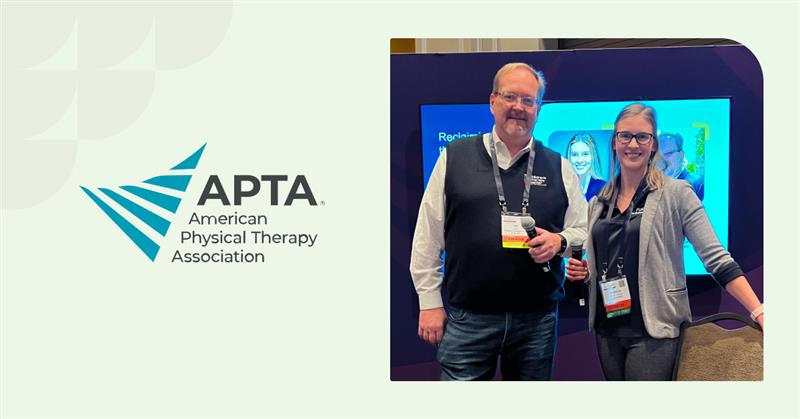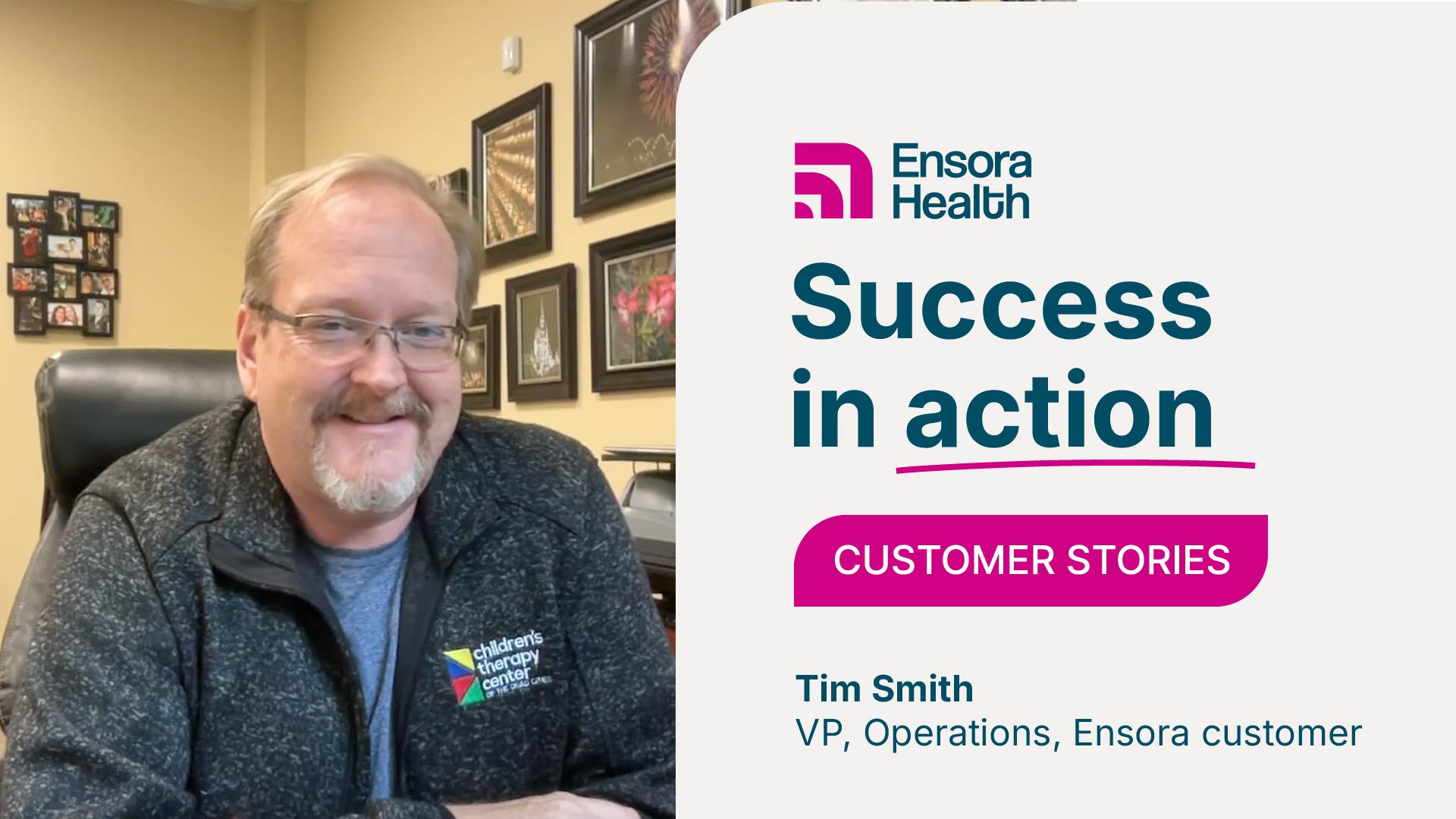Speech therapy billing toolkit part 1: What you need to know about insurance

Insurance billing seems simple at first: provide speech therapy, write up a bill, send it to the insurance company, then get paid. In reality, the process can be a lot more complicated: prior authorizations, visit limits, coding issues, figuring out deductibles vs copays vs co-insurance, and then setting up an EFT so you can actually get paid.
Here is a speech therapy guide to the basics of insurance billing that makes it less overwhelming.
Insurance basics (for SLPs)
First, you need to know the meaning of the many acronyms you will see throughout the billing process.
Superbill – An itemized form that shows the treatment you provided, the diagnosis, your license number, your EIN, and the client’s insurance information. These are usually used when you do not accept insurance and are given to a patient to submit to their insurance company for reimbursement. More info from ASHA here.
- EHR – Electronic Health Record. HIPAA-compliant digital versions of paper charts that include patient information, notes, evaluations, and insurance info.
- Claim – The invoice/bill you submit to an insurance company. It includes information like the NPI of the treating clinician, ICD-10 (diagnosis) codes, CPT (procedure) codes, and the client’s insurance info.
- Clearinghouse – An intermediary between you and the insurance company. They check claims for accuracy and forward the claim to insurance companies through a process called “claims scrubbing”. Having a clearinghouse is required by most insurance companies.
- EOB – Explanation of Benefits. A form that explains why an insurance company accepts or rejects a claim. Sent to the client and the provider (will look different for each).
- EFT – Electronic Funds Transfer. A direct deposit from insurance, allowing them to pay you without having to mail a paper check.
- ERA – Electronic Remittance Advice. Information from the insurance company about why a claim was or was not accepted. The electronic form of an EOB.
- Superbill – An itemized form that shows the treatment you provided, the diagnosis, your license number, your EIN, and the client’s insurance information. These are usually used when you do not accept insurance and are given to a patient to submit to their insurance company for reimbursement. More info from ASHA here.
The credentialing process
To begin billing, you first need to make sure you are credentialed with the insurance companies. They will check your licenses and practice information to decide whether they will approve you to become a provider. In order to do that, you will need to set up a free CAQH Proview account and have the following information handy:
- Employee Identification Number (EIN)
- National Provider Identifier (NPI)
- State license number
- Business name (if you have formed an LLC or other business structure)
- ASHA number if you have one – it is not required by most companies, but gives additional information
- Professional Liability Insurance coverage paperwork
- Taxonomy code (for SLPs, it is 235Z00000X)
Next, you will need to check the contract with each insurance company to see what their fee schedule is and if they have any special requirements such as mandating the session length for specific CPT codes (e.g. some companies require that 92507 be 1 hour long, even though that code is not timed). All insurance companies will have specific requirements such as which clearinghouses or specific forms they require you to use.
Once you’ve signed your contract to become a provider, you can begin accepting clients who have that insurance. Before providing therapy, you must verify a patient’s benefits through the number on their membership card or through your EHR.
During that call, you will collection information about the client’s…
- Co-payment – A flat fee that is due at certain medical visits, usually $20-50. Some plans allow this to apply toward the deductible and some do not.
- Coinsurance – A percentage of the cost of the procedure, which the client pays, and/or
- Deductible – An amount that the client must meet yearly before insurance will pay. Coinsurance and co-payments may figure into this, depending on the plan.
After you have verified the client’s benefits, you are ready to bill! Check out Part 2 of this series to learn how to bill for your therapy so you actually get paid.
If you want an EHR that is built specifically for pediatric therapists, check out Fusion. It makes billing easy with one-click claim submission, auto-created claims, and an integrated credit card processor.
About the author
Jill Shook, MS, CCC-SLP owns a private practice in Pittsburgh, PA. She created a course for SLPs starting out in private practice, which is available through Northern Speech Services, and blogs about resources for SLPs in private practice at Private Practice SLP. Email her at jill@privatepracticeslp.com.






